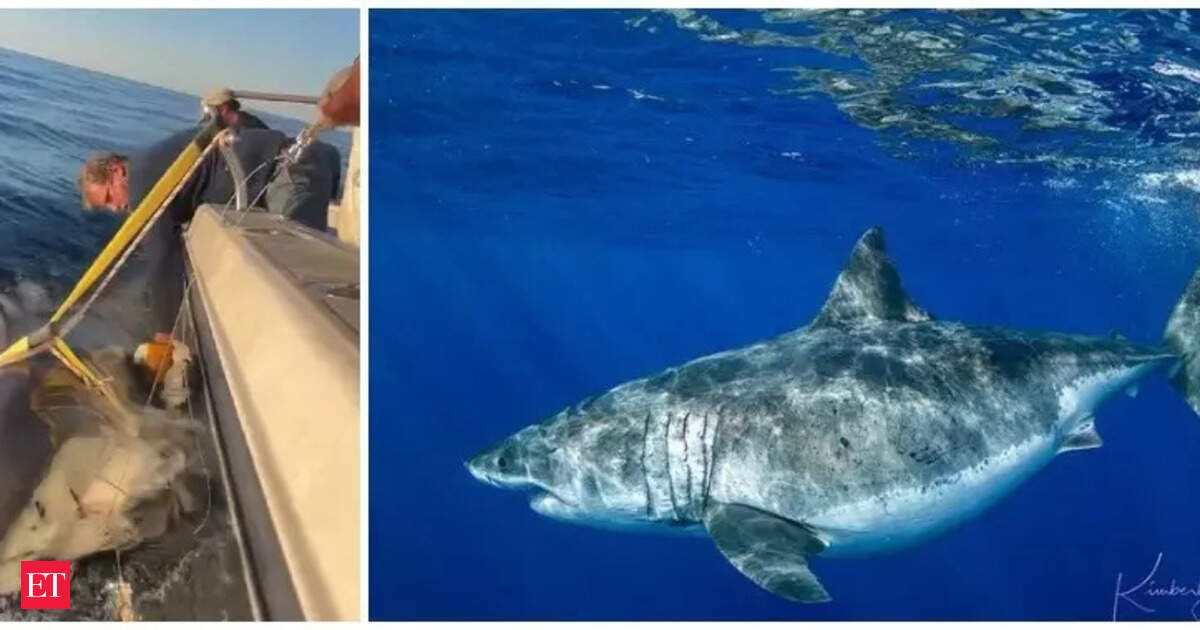Scientists from China and Spain have discovered that adding salt to ice can enable it to generate electricity, opening up the possibility of harnessing clean power in cold environments – with a twist.
The team found that when salt-doped ice was…
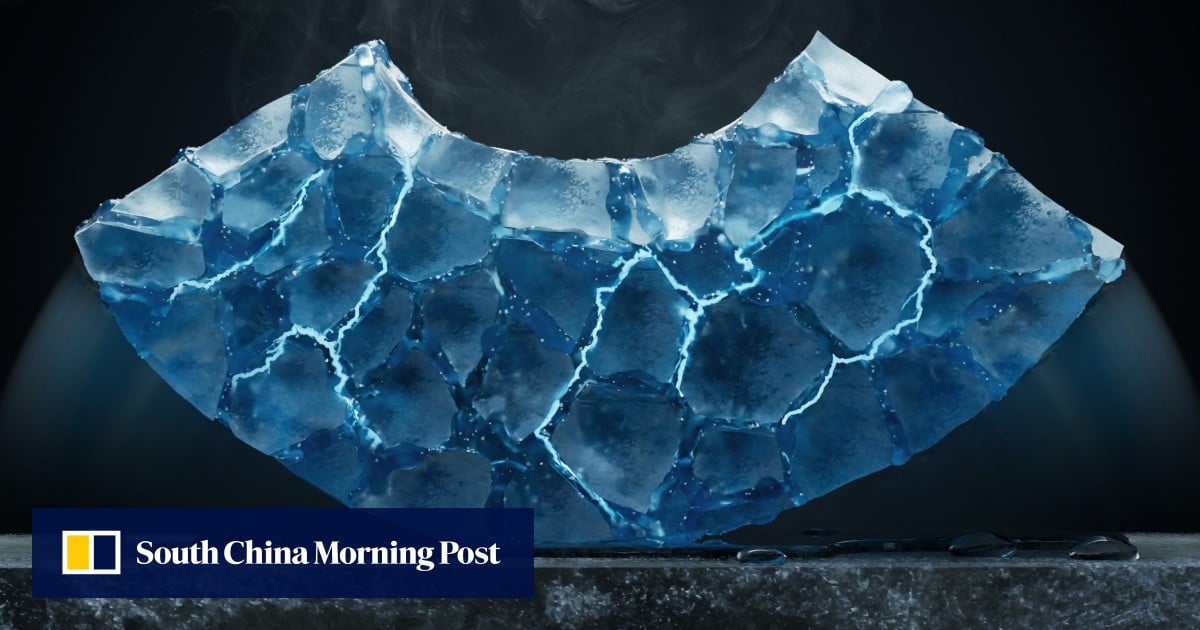
Scientists from China and Spain have discovered that adding salt to ice can enable it to generate electricity, opening up the possibility of harnessing clean power in cold environments – with a twist.
The team found that when salt-doped ice was…
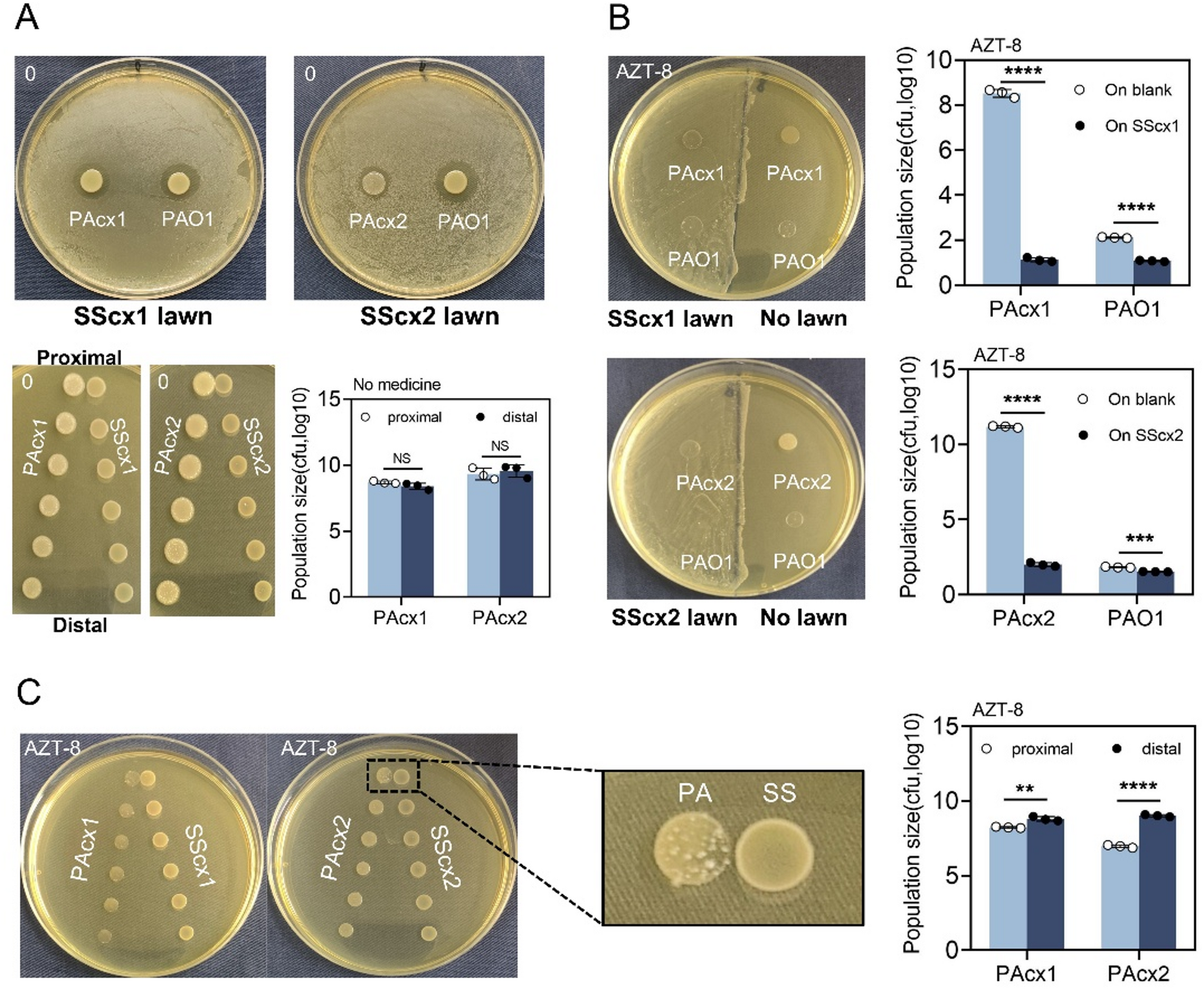
The interaction between P. aeruginosa and S. salivarius was first revealed on BHI agar plates. Regardless of whether examining PAcx1, PAcx2, or the model strain PAO1, all…
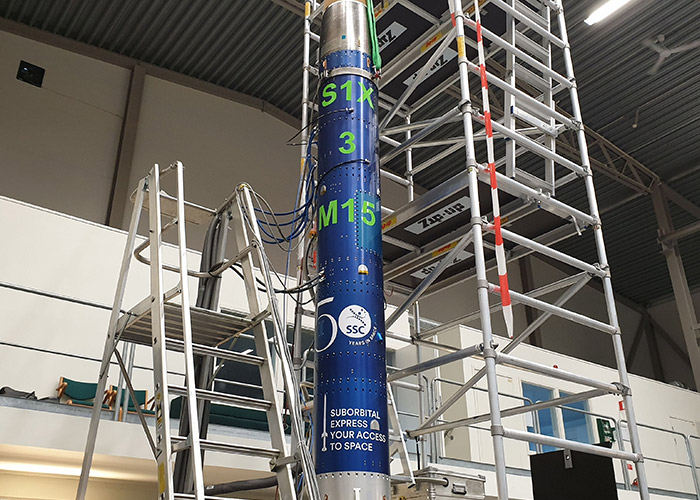
A world-first study has proven microbes essential for human health can survive the extreme forces of space launch.
Space agencies are planning to send crews to Mars within decades but sustaining life on the red planet would be more difficult if…

The Illumina NovaSeq 6000 platform generated approximately 7.94 gigabytes (Gb) of data for E. bonariensis, consisting of 19.1 million 150-bp paired-end reads. The cp. genome of E. bonariensis was…

At least three different reporters on Tuesday asked John Clarke, one of this year’s Nobel Prize in physics laureates, how exactly we ended up with technology like the cellphone today from his obscure…
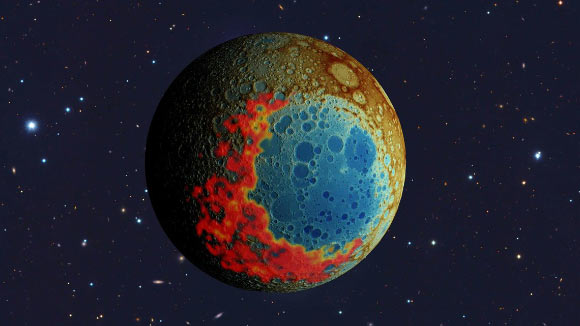
Roughly 4.3 billion years ago, when our Solar System was still in its infancy, a giant asteroid slammed into the far side of the Moon, blasting an enormous crater referred to as the South Pole-Aitken basin. This impact feature is the largest…
LONDON, Oct. 10, 2025 (GLOBE NEWSWIRE) — Concern over the long-term effects of head injuries in rugby and American football has inspired a new approach to athlete care. Oralift Neuro, an emerging concept at the initiation stage, explores how…
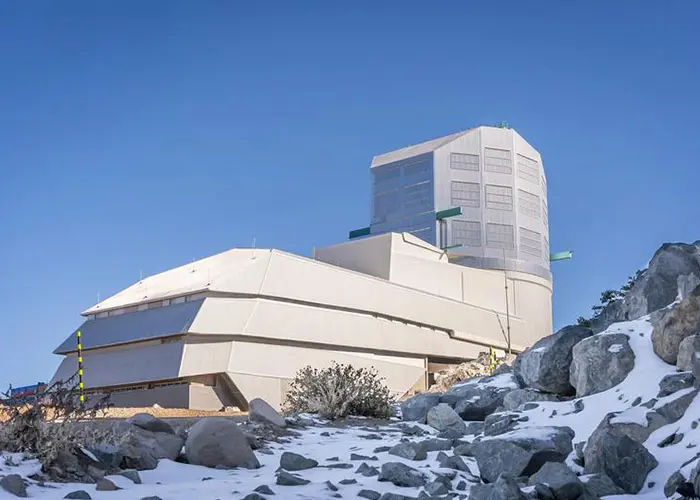
A world-first discovery of binary stars could be the first step in building a more complete picture of how our galaxy formed, according to astronomers from The Australian National University (ANU).
The discovery is part of an ambitious 10-year…

